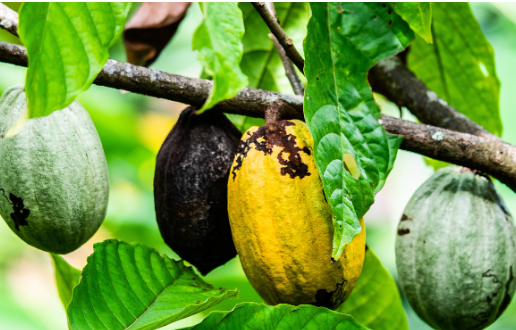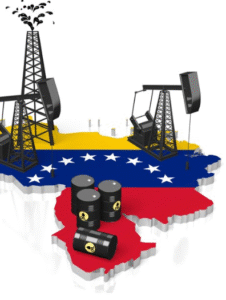$HSY $MDLZ $CC
#Cocoa #Chocolate #Commodities #SupplyChain #FoodPrices #Inflation #Hershey #Mondelez #Agriculture #Trading #Investing #Forex
Cocoa stockpiles have fallen to record lows as chocolate manufacturers rush to secure available reserves in response to a severe global shortage. The shortfall is primarily attributed to disappointing harvests in key producing regions, notably West Africa, which supplies over 70% of the world’s cocoa. Poor weather conditions, coupled with the persistent threat of crop disease, have significantly constrained supply, driving cocoa futures to multi-year highs. Meanwhile, surging demand from both emerging and established markets is exacerbating the issue, leaving chocolate producers with limited options but to absorb higher costs or pass them on to consumers.
Major chocolate companies such as Hershey ($HSY) and Mondelez International ($MDLZ) are actively seeking to mitigate the impact of rising cocoa prices by purchasing stockpiles while they remain accessible. However, as reserves dwindle, these firms are likely to face higher procurement costs, which could directly impact their profitability. Some manufacturers may opt to adjust product formulations by reducing cocoa content or increasing the presence of alternative ingredients to limit cost increases. On the trading front, the surging price of cocoa has attracted speculators and institutional investors, further driving volatility in the market.
The ripple effects of this historic cocoa shortage extend beyond the chocolate industry, as rising cocoa prices contribute to broader concerns about food inflation. With other agricultural commodities also experiencing supply constraints due to climate-related disruptions and geopolitical factors, consumers could soon see noticeable price hikes on confectionery products. Meanwhile, central banks monitoring inflationary pressures may find commodity-driven price increases adding complexity to their monetary policy decisions. Higher input costs across the supply chain may also impact retailers and wholesalers, who must determine how much of the burden they can pass on to consumers without suppressing demand.
Looking ahead, industry analysts are closely watching weather patterns and supply chain developments to gauge whether cocoa production can recover in upcoming harvest cycles. If adverse conditions persist or new supply chain bottlenecks emerge, cocoa prices could remain elevated for an extended period, squeezing margins for chocolate producers and manufacturers reliant on cocoa derivatives. Additionally, the potential for sustained price pressure may prompt further innovation within the confectionery industry, pushing companies toward sustainable farming investments or alternative ingredients to reduce dependence on traditional cocoa sources.











Comments are closed.